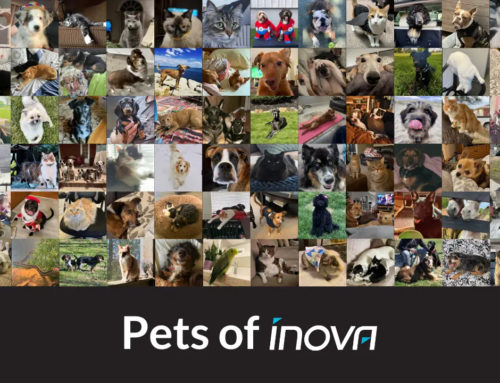Who are you, as a company? Your company brand encompasses the essential qualities of your organization that are communicated to the public and stakeholders, including customers, clients, strategic partners, investors, and regulators. Employer branding, however, specifically targets job seekers and employees, aiming to understand how these groups truly perceive your organization.
Your employer brand is comprised of every facet of your employees’ experience, from recruiting and onboarding to work-life balance and social values. Beyond a mere buzzword, it’s critical your organization defines its unique employee value proposition. Establishing a successful employer brand grants you an intangible asset that can be leveraged in a wide variety of ways.
Your Value Proposition is a Total Package
Looking to be known as an employer of choice? If so, your organization needs to take a deep dive and examine itself from the inside out. What unique and distinguishing qualities or features does your company possess, beyond mere compensation, that make it an enriching and fulfilling workplace for employees? Why should job candidates choose your organization over others?
Your goal is to be able to spark excitement and enthusiasm that differentiates your organization from generic employer brands. To accomplish this, it’s essential you address every touchpoint.
Here are some key marketing tools to keep in mind for current and prospective employees:
- Job descriptions
- Websites with career pages
- Social media profiles
- Preboarding and onboarding materials and resources
- Job acceptance and rejection correspondence
- Performance reviews
- Employee feedback surveys
- Internal communications platforms, including newsletters and company intranets
This list can be used to help you craft a strong and compelling employer brand—one that, once built, should constantly be promoted. While an organization’s HR department will usually have primary responsibility for the employer brand, other stakeholders such as C-suite executives, line managers, and the marketing department also play a big role in shaping the company’s identity.
How to Build an Employer Brand
The first step in building an employer brand is to clearly define the core values and identity of your organization, both internally and externally. Platforms like Glassdoor and LinkedIn may offer a glimpse into how outsiders perceive your company. Conducting feedback surveys among employees and job candidates can provide additional insights. It may also be very useful to delve deeper through workshops since culture is nuanced and subjective.
Create a comprehensive list of key questions and employment topics to be discussed:
- What sets us apart from other organizations?
- Do we provide uncommon or unique employee benefits?
- Are we effectively meeting the needs of our current employees, and how can we enhance their experience?
- Where should we focus our efforts to raise awareness about our company?
- How do individuals typically learn about our employment opportunities?
- What channels should we use to promote our employer brand?
- What and how should we measure to gauge the impact and effectiveness of our initiatives?
The next step is to make your ideas tangible and implement a well-defined action plan. Keeping your current employees loyal and satisfied is first among the best practices for a successful employer brand. In today’s social media environment, negative stories and feedback can quickly go viral and undermine valuable efforts elsewhere.
Focus on enhancing your employer brand through various practices, such as:
- Offering transparent feedback and maintaining open communication when interacting with new job candidates
- Supporting relevant causes, particularly those aligned with your industry
- Keeping an active presence on social media and providing social media training to your employees.
- Sharing images of your workspaces, group gatherings, employee videos, testimonials, and blogs
- Hosting and engaging in public events that leave a lasting positive impression.
- Harnessing the power of enthusiastic employees who can serve as brand advocates.
As the saying goes, “you can’t manage what you can’t measure.” So, it’s important to measure and monitor all these avenues, focusing on areas such as cost per hire and satisfaction surveys.
Achieving Employer Branding Success
A strong employer brand saves costs and boosts productivity. A credible reputation alongside competitive salaries and employee benefits can help you level the playing field and attract top talent. Generally, the wider the candidate pool, the faster the hiring times, so keep that in mind as well.
Clearly communicate where you excel, including:
- Leadership and management
- Teamwork and collaboration
- Training, learning management, and development
- High quality of products or services.
- Engaging work environment.
Through effective employer branding, certain organizations become known as great places to work, whether for their compensation, opportunities for growth, or innovative cultures. Becoming part of this club is a goal worth pursuing!





